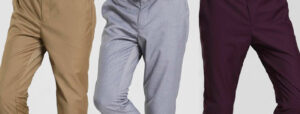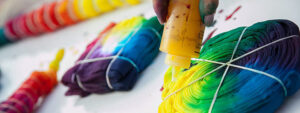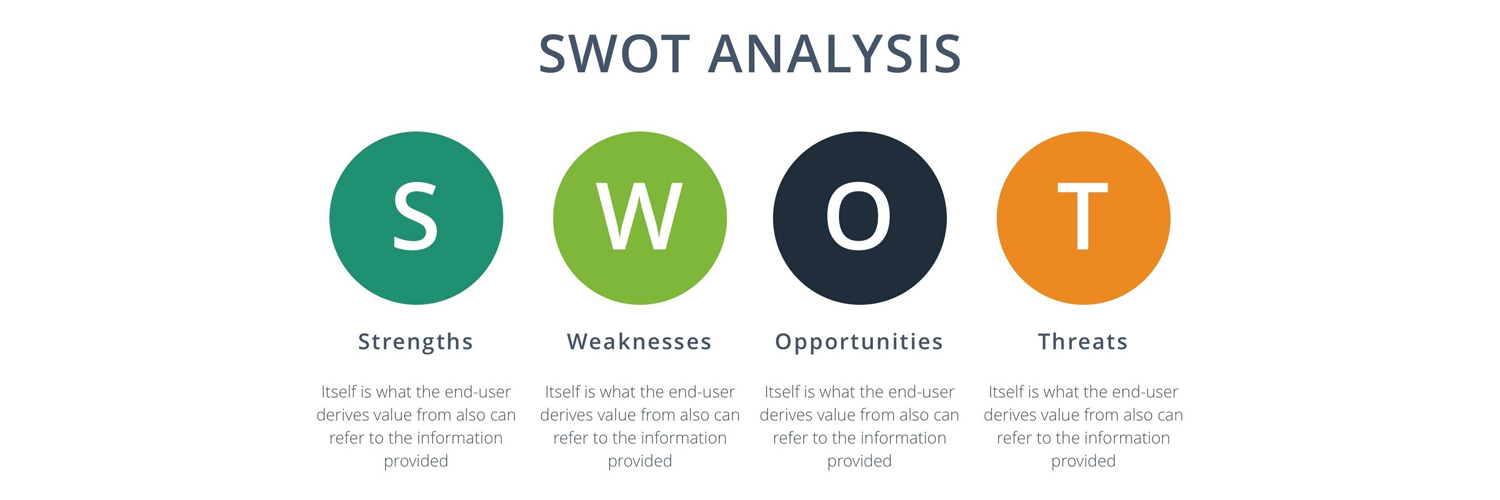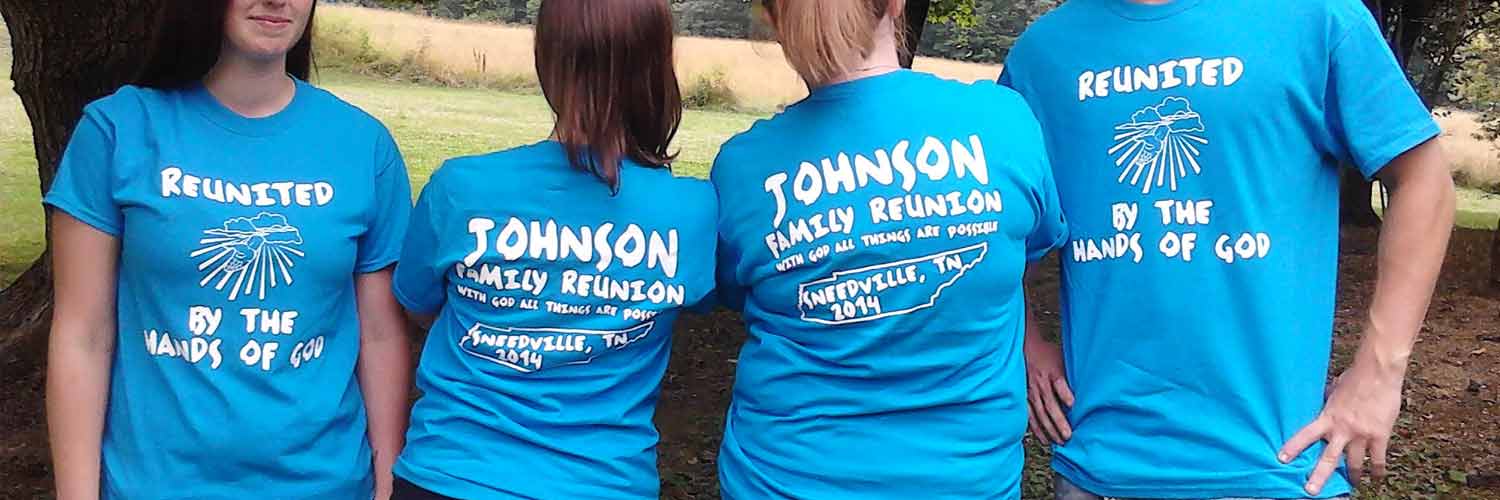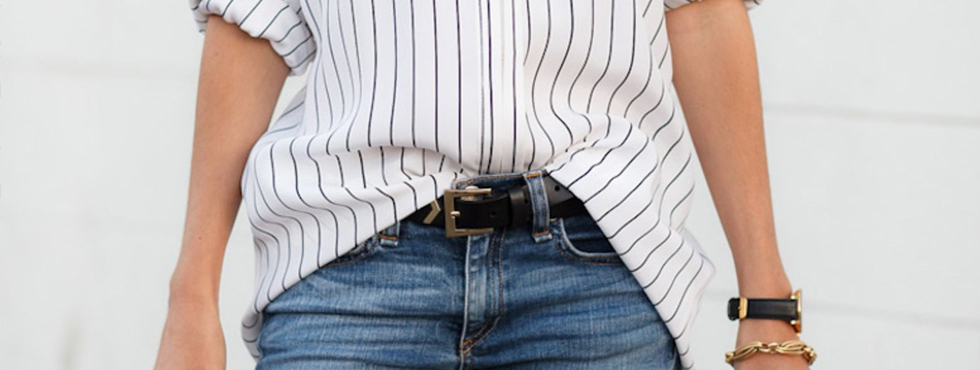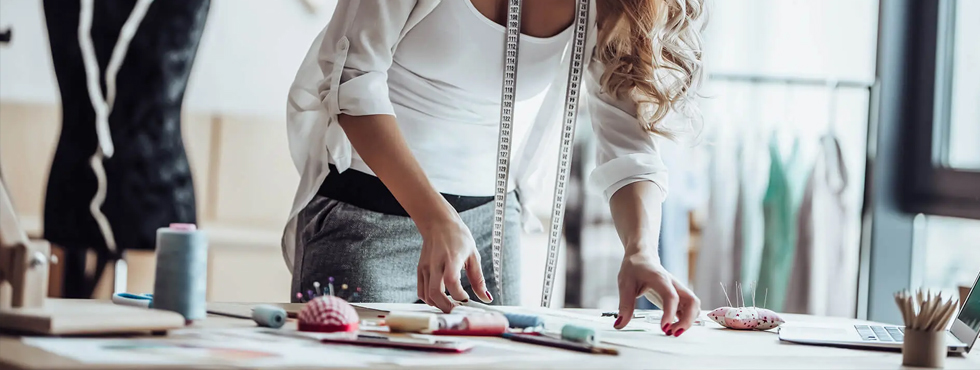A printing method or design is something that can make or break your brand’s success, so you better be careful when choosing the printing method. Being a manufacturer or clothing brand, finding a suitable printing method for your clothing line is critical. The idea on your mind, either with a screen printing design or an embroidered version, looks different on display over real-life production. One thing is clear about all printing methods: screen printing and Embroidery are the best-proven results of detailed and intricate design. Screen printing, Embroidery, heat transfer, clothes dyeing, or sublimation printing are all methods with advantages and lacking. But being a fashion brand is an essential spot you need to cover. It’s always better to research to analyze and identify the basics of requirements.
Screen printing, digitizing, and Embroidery are some of the top trending interests of both consumers and clothing brands in the fashion industry. Both of these methods are widely used in the manufacturing industry because these methods provide the best customization services and flexibility whether you are printing a sweatshirt, t-shirt, hoodie, skirt, embroidered t-shirt, sleeveless or even caps, and much more. Because of the huge demand and popularity in the market, it’s a bit tough to make a final call about the best method to go for. Here’s Moreover, this blog tells you everything you should know about custom clothing printing so that you can make well-informed and beneficial decisions for your fashion brand. So let’s get started:
Screen Printing vs. Embroidery: Which is the Best Option for Your Business?
We know the feeling of getting confused about which printing method to choose. Even being clothing manufacturers, we have to wrestle with the same questions of choosing Custom screen printing or custom embroidered design. Being leading Custom Clothing Manufacturers, we have to analyze and consider a number of options to make a way out of it, but we have done the research for you on a battle on “Screen printing vs. heat transfer” or “Screen printing vs. embroidery.” Here is an honest buyer’s experience that you need to know.
Everything about Screen Printing (Method Of Pressing Over Fabric)

Screen printing or silk printing is a trending method in the fashion industry primarily used to transfer the design over the fabric. Here the design is transmitted over the material using a pressing machine through one or multiple screens based on the number of colors you have in your logo or your custom design. For each color, a separate screen is set up that holds the color.
Screen printing results come well on smooth surfaces like cotton, linen, wool, and more T-shirts. It is considered the advanced graphical method that transfers the design over the fabric or product using the mesh screen. You can easily cover both sides of the T-shirt and back or any other niche of clothes. Screen printing is the best and most cost-effective if you print a huge batch of dresses.
Read in detail about Custom Screen Printing Transfer.
Advantages of screen printing
- A cost-effective method
Custom screen printing is a cost-effective method when you are doing bulk manufacturing. While making a t-shirt, you can use the same mesh multiple times over different articles, saving time, effort, and money. Limiting the use of the mesh screen will allow you to save more and have efficient productivity.
- Good for small designs
If you have a small design, screen printing is the right option for you to opt for. It offers impressive pixel quality and a more detailed print than embroidery or heat transfer. The screen printing method works well enough to design around 20″ without affecting its readability or structure.
- Vibrant colors
With screen printing, you can expect a color vibrant design with 100% accuracy of a color, which makes it one of the best methods if you have a plan for intricate color precision and details. You can even print highly detailed and complex with no limits on colors. Also, you can do excellent color fading and other creative styles with screen printing.
Disadvantages
- The effect of color
The dyeing color or ink in print can fade after rigid washes. Although the life of colors is good, it disappears after a specific period. Moreover, you will require a light-color fabric to imprint the design properly. A darker background will fade the color of your design after some time.
Everything about Embroidery

You might already have an idea about what embroidery manufacturing is. For those who don’t know, embroidery manufacturing is a method that uses stitches to sew the design and text of the logo over the fabric. This method is a pure art of using the needle and thread and creating a high-quality and durable layout. Both hands and machines can do embroidery manufacturing. Manufacturers have advanced stitching machines that do all the work as per your custom needs, and you just need to enter the design into the machine.
Embroidery manufacturing can result in highly detailed, intricate, colorful designs that can make your clothing product stand away from others by adding a difference. As the design is three-dimensional, new levels of creativity are unlocked. The 02 significant benefits of embroidery manufacturing are that you can manufacture any design, text, or logo with no limits, and the other important benefit is that since the design is sewn into the fabric w, it increases durability for longer t
One can use embroidery manufacturing over products like T-shirts, hoodies, jeans, hats, bags, etc. Embroidery manufacturing is considered one of the best methods if your embroidery design covers are shorter. It doesn’t fit well in larger areas.
Read More about Embroidery Digitizing Service
Advantages of Embroidery Manufacturing
- Long term durability
As mentioned before, the most significant advantage of embroidery manufacturing is that the design or text stays for a long term over the clothes. The threads used for the Embroidery can easily withstand laundry, rigid rubbings, bleaching, and other environmental contacts. The embroidery design is the most durable. That’s why they are used in military uniforms, School uniforms, and more.
- Versatile Application
Embroidery manufacturing is a versatile option that covers a large area of printing and custom designing. Even with embroidery manufacturing, you can choose between flat Embroidery, puff embroidery, or patches, and you can easily adjust the embroidery patterns as per your requirements. It offers vast versatility and flexible options for printing. Moreover, Embroidery works with different kinds of fabrics.
- Looks authentic and professional
Embroidery manufacturing is considered the mark of quality, excellence, and professionalism. Through professional etching, you can easily communicate your brand message. Most corporate and government organizations prefer embroidery manufacturing over their uniforms because they stay longer and look professional.
- Flexible use of colors
There is no end to creativity when it comes to embroidery manufacturing. No matter how complicated and multi-color your design is, you can get a thread of every color. Moreover, we don’t charge extra for different colors. The cost of the print varies on your stitches, while the flexibility of colors allows you to customize your logo, design, or text the way you want. You get the freedom to customize your design without worrying about the colors.
Disadvantages of Embroidery Manufacturing
- Not suitable for gradient colors
Achieving color fading within the threads is complicated and challenging, requiring much effort and time, so it is difficult to work with gradient colors. The embroidery manufacturing comes best in distinct colors and produces good sharp color when used with standard color.
- Not well-suited for smaller designs
It becomes quite complicated to work with a detailed and excellent design that looks transparent clear, and understandable when the plan is small. At least the height of your strategy should be 2.5 inches to make a design visible enough to note the details. The bigger the invention, the easier to embroider a design with keen details.
Or you can choose sublimation printing services as your printing method, and it’s another town talk worth exploring.
Comparison between Screen Printing and Embroidery Printing
| Features | Embroidery manufacturing | Screen printing manufacturing |
| Design Complexity | It offers Less Complexity As Screen Printing, Offers Unparalleled Durability. | It is a durable Option For Fabric Printing But Can Fade After Some Time. |
| Sustainability | Uses Organic Cotton Threads That Are Biodegradable, Offers | A Less Eco-Friendly Option |
| Cost | Cost Effective Option For Smaller Orders, Use Of Extra Color Increases the Costing Of Project | Best Costing For Large Orders. Using Extra Unique Color Might Increase The Cost |
| Quality | It uses Stitching And Provides A Good Manufacturing Quality | High-Quality Print |
| Minimum Order Quantity | Zega Apparel offers a Minimum Order Of 50 Pieces Per Design For Embroidery Designs | We Offer A Minimum Order Of 50 Pieces Per Design For custom Printing services. |
| Time Of Production | Time Taking Process, As It Requires Stitching | Less Production Time, Need To Set Up Stencil |
Factors That Help You Choose Between Screen Printing or Embroidery Printing

We know after a number of facts stated, it’s still a bit difficult to make a final call about the best method. So here are a couple of factors that matter a lot when choosing a printing method, whether it is Screen printing for apparel, heat printing, or sublimation printing. You can always analyze your facts and figures based on calculations from these factors. So let’s dive in.
- Consider the type of fabric.
Not every fabric is best for printing, and not every material is best for screen printing or embroidery manufacturing. So you have to choose likewise. If you are a fan of a fine look that feels and looks premium, then embroidery printing is the right printer.
But if you want a look that looks casual and can be worn on special occasions and if you are going to print over the T-shirt or hoodies, then screen printing is the right option. Being a less expensive option than Embroidery, it offers a vast range of creative styles and a top-notch look.
- The niche of your clothing line
The niche of your clothing line matters and can help you make essential decisions like what design would look better over which clothing niche. A T-shirt or hoodie clothing line with a stitching design looks a bit off the record, while the perfect place for the Embroidery is the custom uniform manufacturing or even caps.
As major of the clothing niches are made up of light fabrics, it’s recommended to use custom screen printing or embroidery digitizing services over it. Embroidery is considered to be heavy work, and it is mainly used with heavier fabrics.
Nylon, cotton, rayon, and other lightweight materials perform better with the screen printing design. Screen printing only deals with ink, heat, and mesh, which doesn’t damage the fabric at all, making it an efficient process for printing.
Difference In Terms Of Costing
One of the biggest concerns is screen printing and embroidery manufacturing costs. By now, you might already know that anything that comes customized as per your needs is already costly to you. So it’s better to remember that none of the options comes cheaper. You might find a bit of up and down in cost. This fluctuation will be based on the design size, your custom needs, fabric quality, and color in your design.
One benefit of custom embroidery manufacturing is that you aren’t charged extra, no matter how many colors you use. Still, in screen printing, colors add significant changes in the colors. The rates in Embroidery vary based on number of stitches. Large designs are likely to cost less, and large batch orders reduce each product’s cost in screen printing.
Durability Difference
One significant benefit you are getting with embroidery manufacturing is that you get a long-term assurance of the design or logo that it won’t go anywhere as the design is stitched over the fabric. Hence, it’s more likely to stay there for a longer time. On the other side, the design printed through screen printing can fade or crack after a couple of washes. You will likely see these changes sooner if you don’t care for the fabric.



